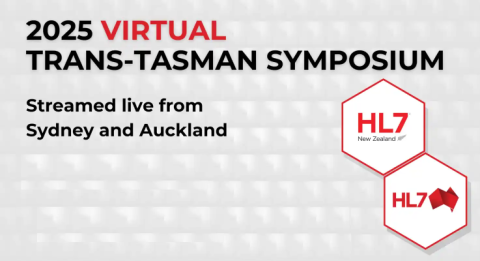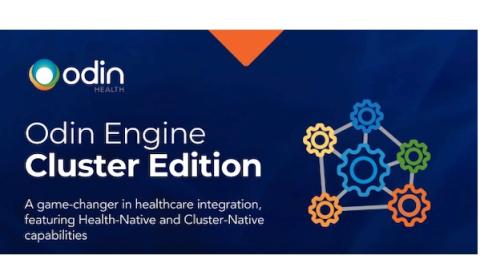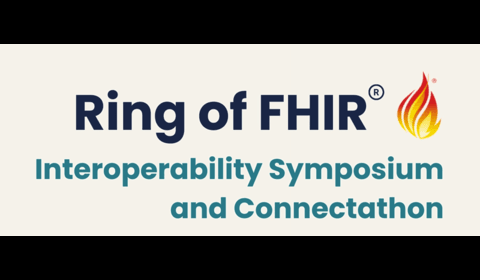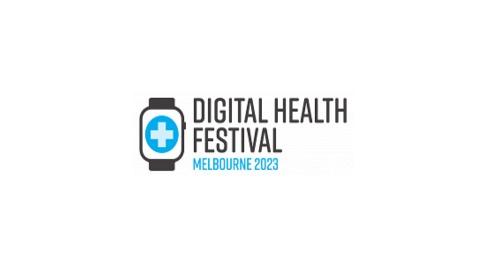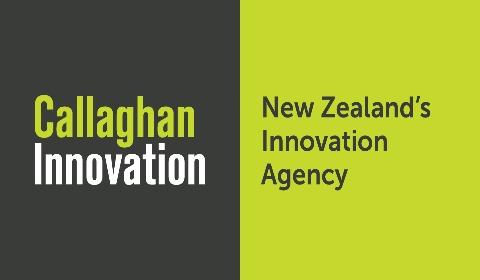Welcome:
Odin Health is a cutting edge, New Zealand based software company that develops and delivers innovative, world leading healthcare solutions.
“Our Odin Engine is not your typical Integration Engine or ESB - it goes far beyond that. Our engine combines the best functionality from a variety of integration tools, using the latest state-of-the-art technologies, to create an innovative and unrivalled product.”
Odin Engine was architected to be a unique and elegant combination of traditional Integration Engines and the newer ESB products designed to support API interfaces. It has the advantages of both, without the disadvantages of either.
It offers a perfect solution that delivers backward compatibility to fully support legacy messaging, while also delivering a fully featured API centric Enterprise Service Bus (ESB) solution as well as advanced ETL capability. All on the one unified platform.
The Odin Engine can be used in a wide variety of solutions including hospital integration, application interface adapters, regional integration, web application interfaces and data synchronisation.
We are purely focused on healthcare customers and of course support and understand the key international healthcare standards as well as the varied and complex environments that the sector presents.
Want to explore more about Odin Health? Register or login now to start your journey!

